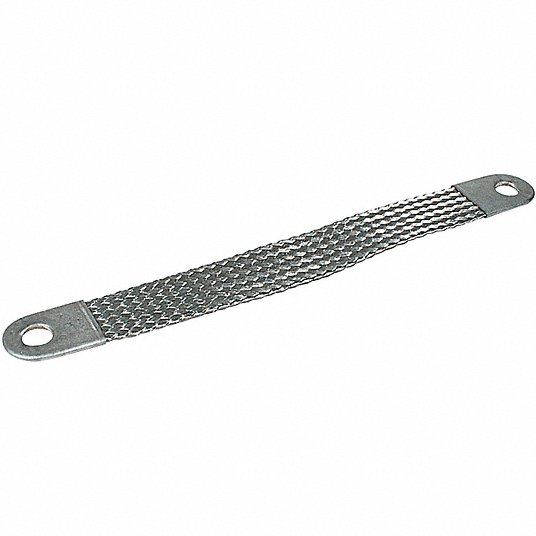- Joined
- May 11, 2007
- Location
- Niketown, OR
Just gotta correct you here, concentric twisting has nothing to do with shielding. Only harness flexibility. On harnesses that move A LOT. Reduces the strain on certain individual conductors depending on how the harness is flexing. Aka, it's mainly (whether harness builders will admit it or not) for style points.
Interesting. A lot of reading I have done regarding that topic made claims that it helped a great deal with noise suppression. Guess I was convinced by misinformation. Glad to know though.


